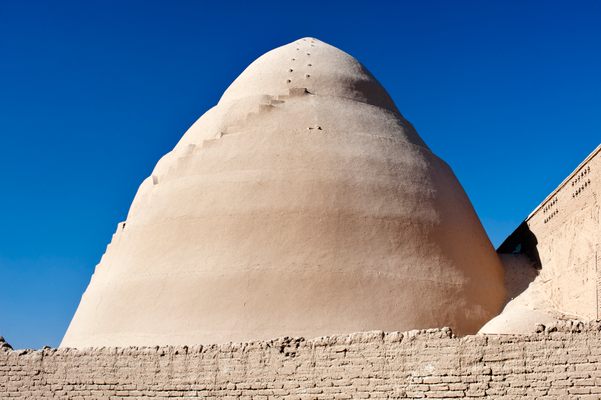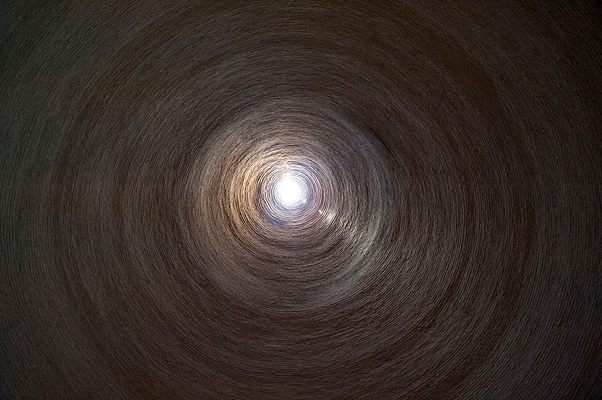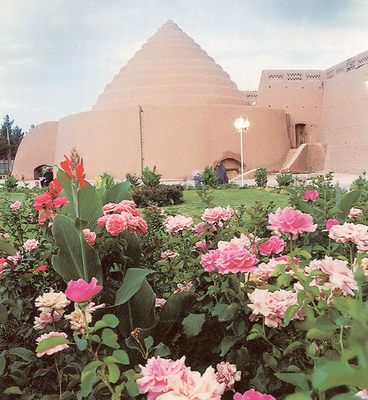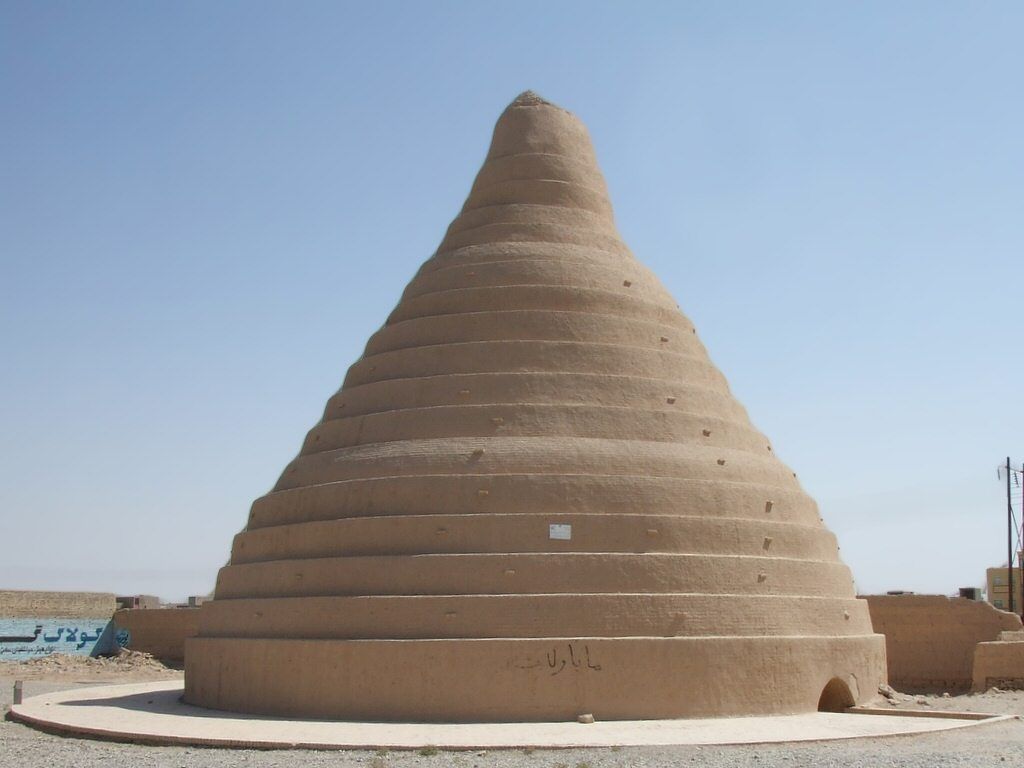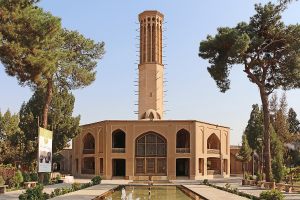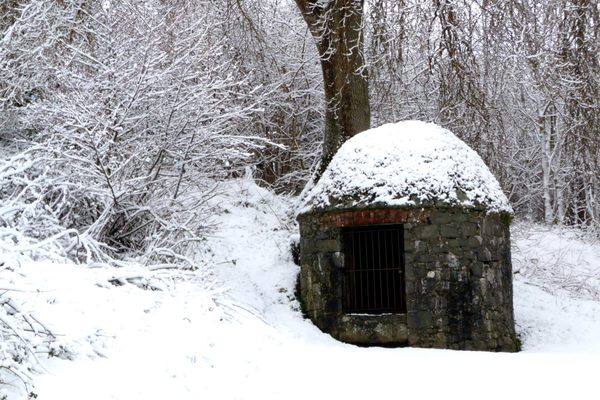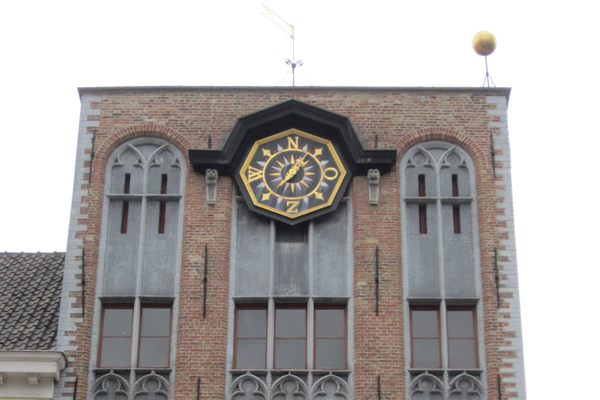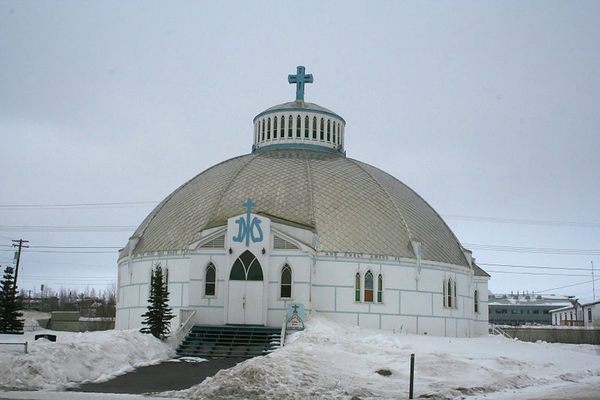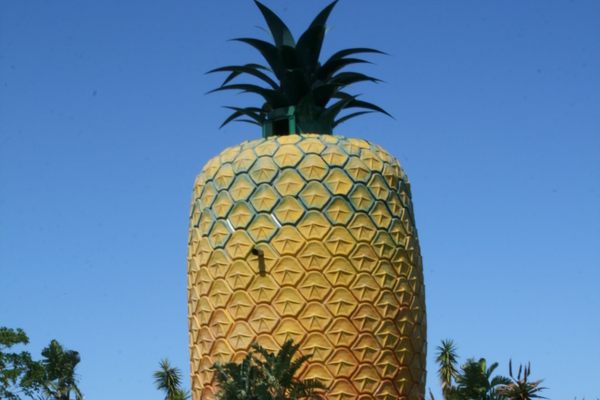About
Though they look like giant clay beehives, these structures in the deserts of Persia were used to make something much more needed and much harder to come by there than honey in ancient times: ice.
Yakhchāls, ancient evaporation coolers, came into being around 400 BC. The giant conical structures allowed ice to be made and collected during the colder months and used throughout the year for things like preserving food and making faloodeh, a traditional Persian frozen dessert made with thin noodles and semi-frozen syrup.
Different design features kept different yakhchāls cool, from spiral structures to wind towers and vents. Some yakhchāls had holes near the bottom, to keep cool air flowing into the vast underground portion of the structure where the ice was made and kept, and holes near the top through which hot air would be funneled out.
Walls were often built to keep the water shaded as it was channeled in to the yakhchāls so it would freeze faster. Yakhchāls also served as places to store ice that was brought down from nearby mountains and often food as well. The extremely thick waterproof and heat resistant walls were made of a special mixture of sand, clay, egg whites, lime, goat hair, and ash called sarooj.
Many of these monuments to ancient Persian ingenuity are still around today, hundreds of years later. One of the easiest to find is the one near the Narin Castle in Meybod, Iran, but there are also some in Iranian cities like Yazd and Kerman.
Related Tags
Community Contributors
Added By
Published
September 1, 2017
Sources
- https://www.google.com/maps/place/Refrigerator+Maybod/@32.2271265,54.0073083,309m/data=!3m1!1e3!4m5!3m4!1s0x3fa5d46fd62025fd:0x408b619aaa9d1ed5!8m2!3d32.2272591!4d54.0085695
- http://itallcomesdowntoearth.com/filter/Andes/Natural-Hydraulics
- https://www.thevintagenews.com/2016/09/17/ancient-persia-engineers-developed-type-wind-water-cooled-ice-house-keep-contents-frozen-even-desert-summer/
- https://medium.com/@halalincorp/discovering-the-ancient-persian-technology-of-the-yakhchāl-which-helped-keep-items-cool-in-summer-2217f5766c8b
- https://en.wikipedia.org/wiki/Yakhchāl
- https://en.wikipedia.org/wiki/Meybod
- http://www.alamy.com/stock-photo-yakhchl-ice-pit-is-an-ancient-type-of-evaporative-cooler-above-ground-118178537.html

